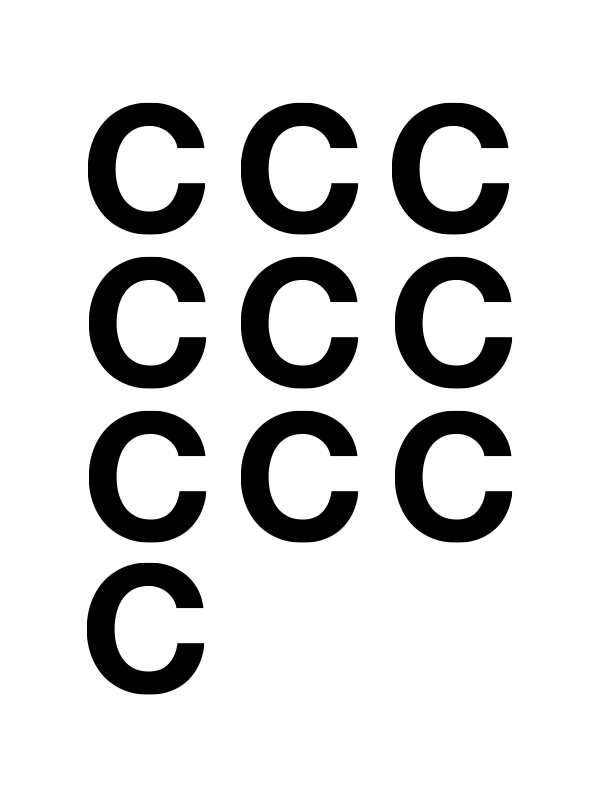Towards the next technological transition: Commission presents EU strategy to lead on Web 4.0 and virtual worlds
On 11 July 2023, the Commission adopted a new strategy on Web 4.0 and virtual worlds to steer the next technological transition and ensure an open, secure, trustworthy, fair and inclusive digital environment for EU citizens, businesses and public administrations.
The internet is evolving at an extremely fast pace. Beyond the currently developing third generation of the internet, Web 3.0, whose main features are openness, decentralisation, and user full empowerment, the next generation, Web 4.0, will allow an integration between digital and real objects and environments, and enhanced interactions between humans and machines.
The outlook of the EU economy beyond 2030, published in March, highlights digitalisation as one of its key drivers and Web 4.0 as a major technological transition bringing a seamlessly interconnected, intelligent and immersive world. The global virtual worlds market size is estimated to grow from €27 billion in 2022 to over €800 billion by 2030.
Virtual worlds will impact the way people live together, bringing both opportunities and risks that need to be addressed. The new strategy aims for a Web 4.0 and virtual worlds reflecting EU values and principles, where people’s rights fully apply and where European businesses can thrive.
Key strategy pillars
The strategy is in line with the 2030 objectives of the Digital Decade policy programme and three of its key pillars of digitalisation: skills, business and public services. The fourth pillar, infrastructures, is addressed by the Commission’s connectivity package and its broader efforts on computing, cloud and edge capacities. It also addresses the openness and global governance of virtual worlds and Web 4.0 as a specific strands of action.
